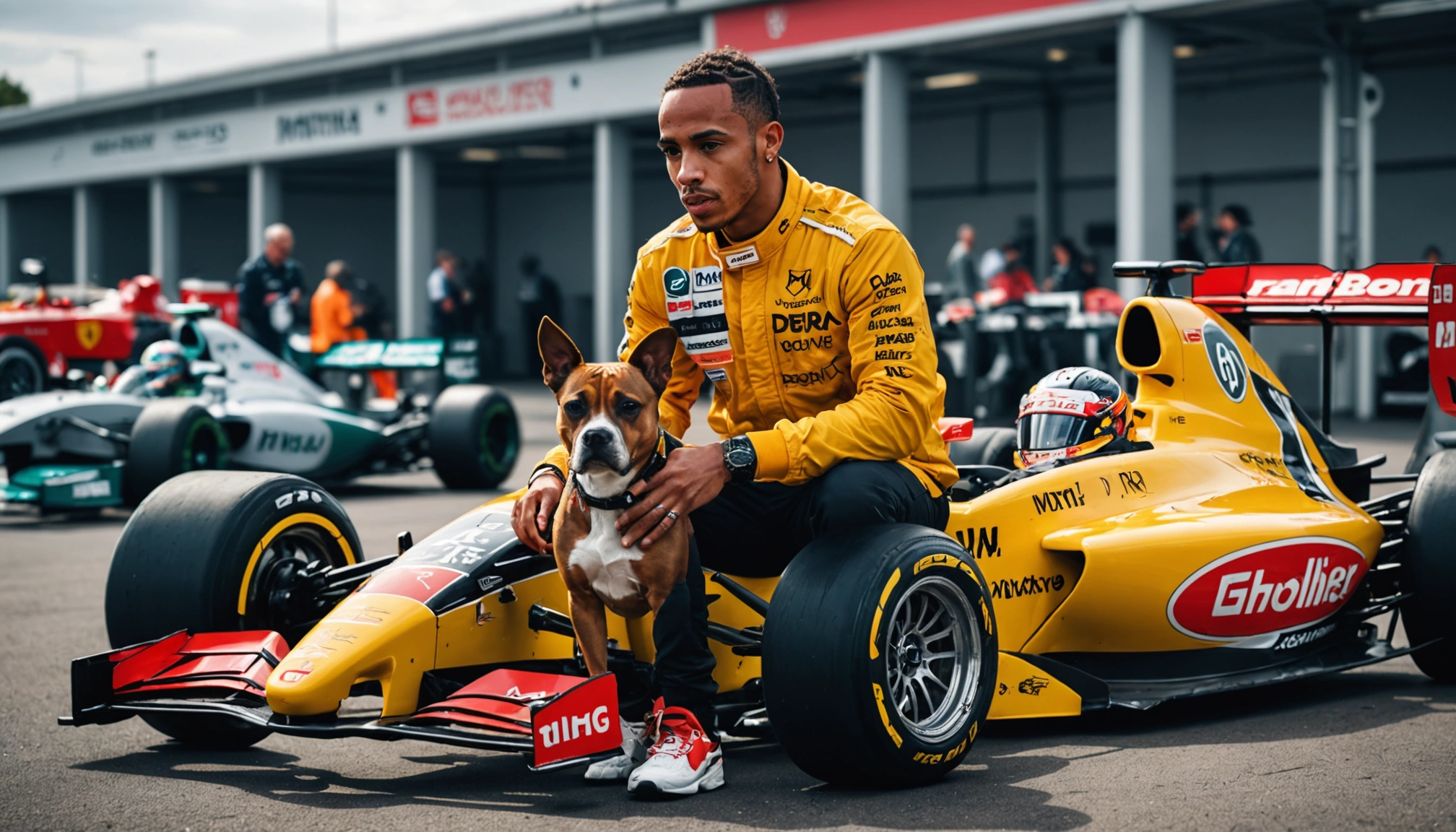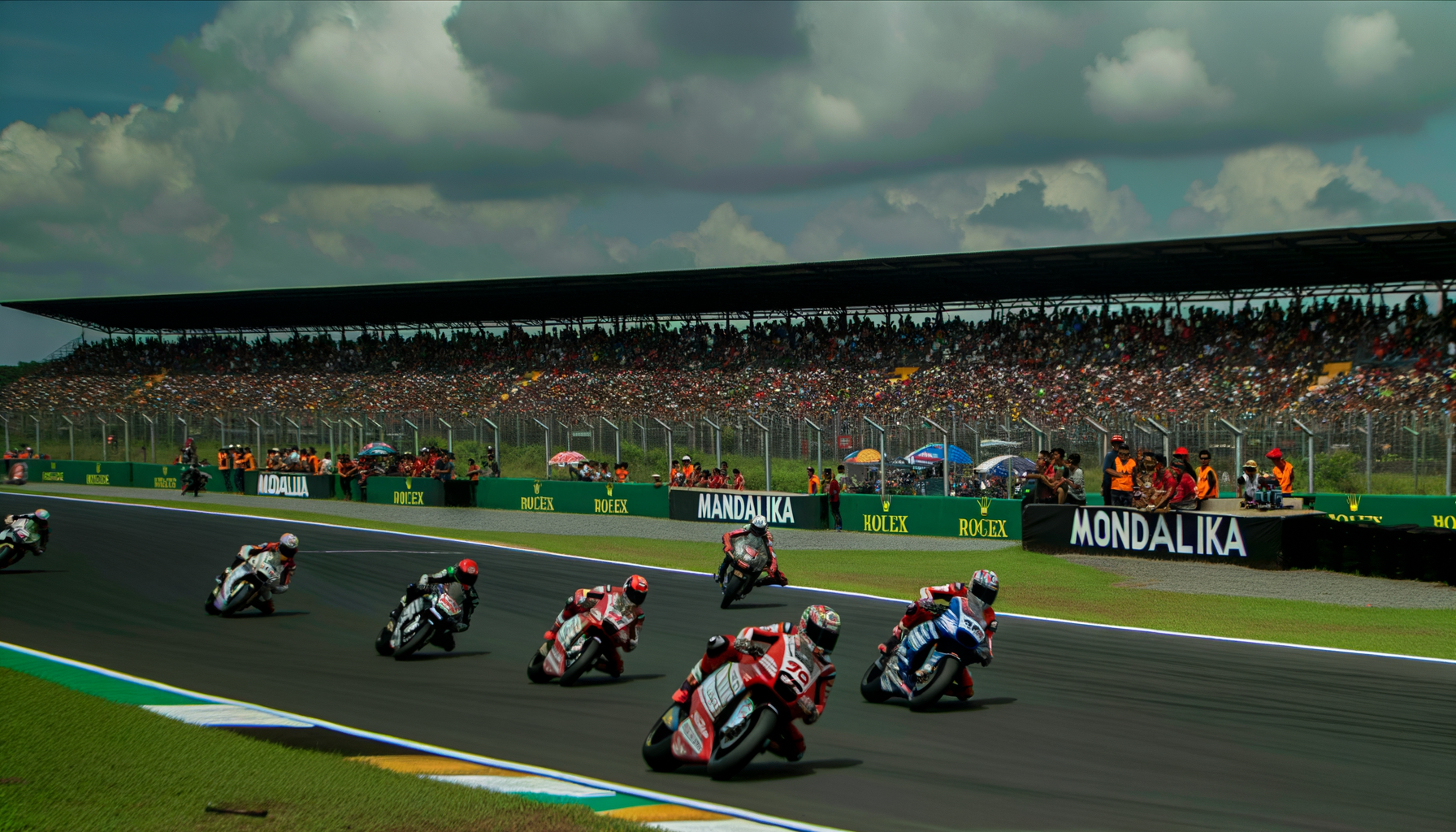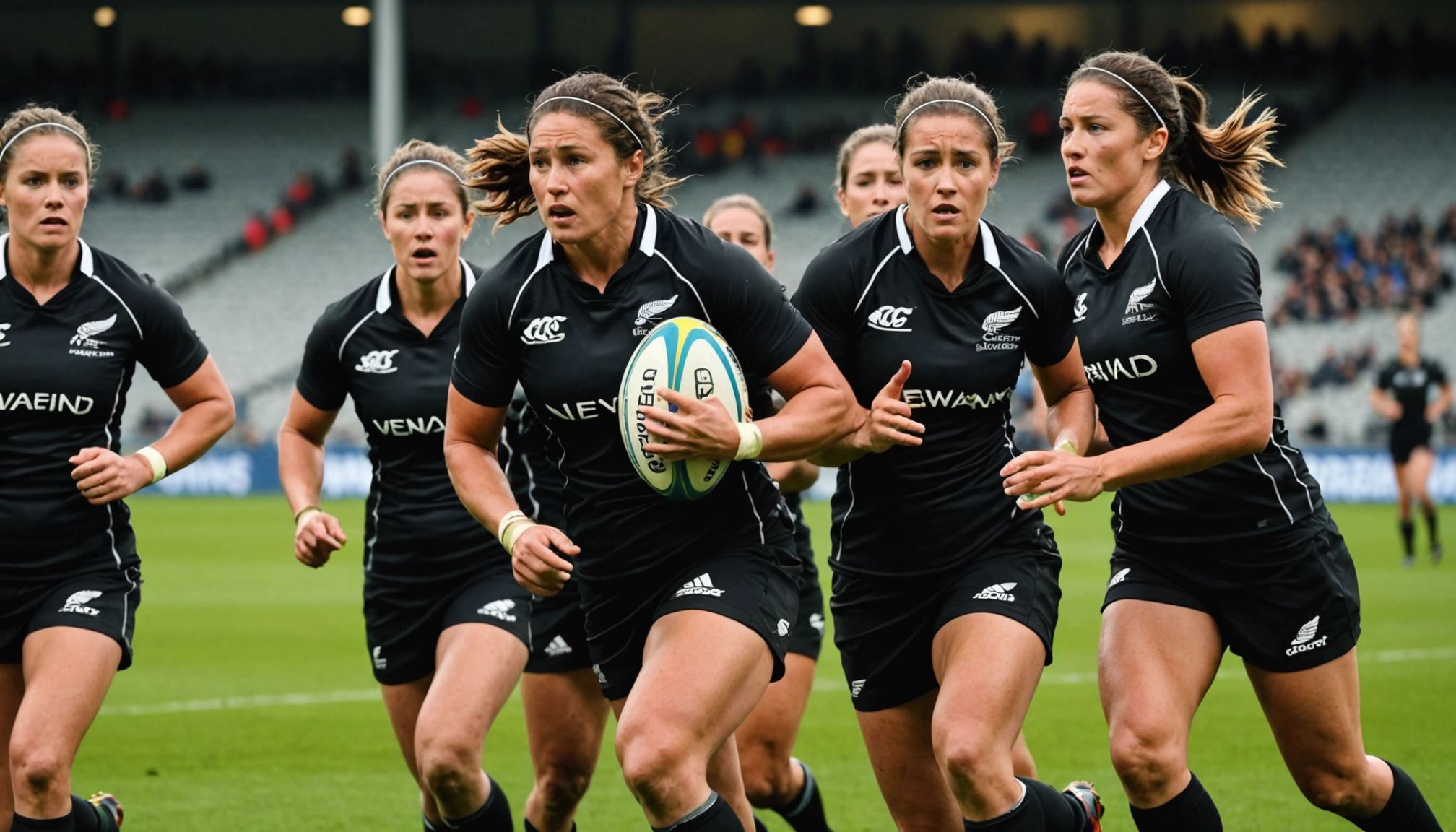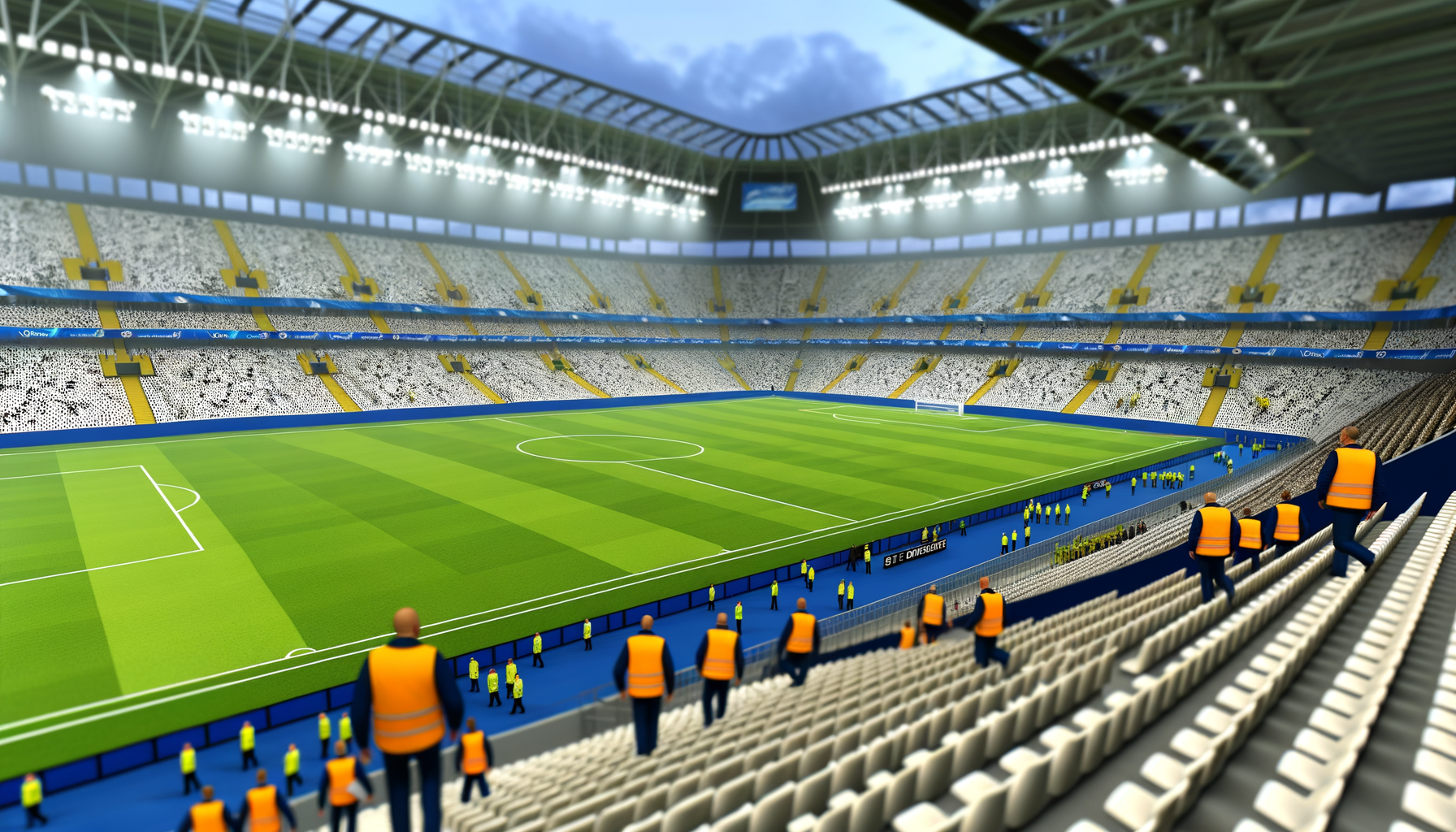Is Qualifying Pace More Crucial Than Race Pace In MotoGP?
Explore why qualifying pace might be overtaking race pace in MotoGP, with insights on strategies, rider performance, and race outcomes.
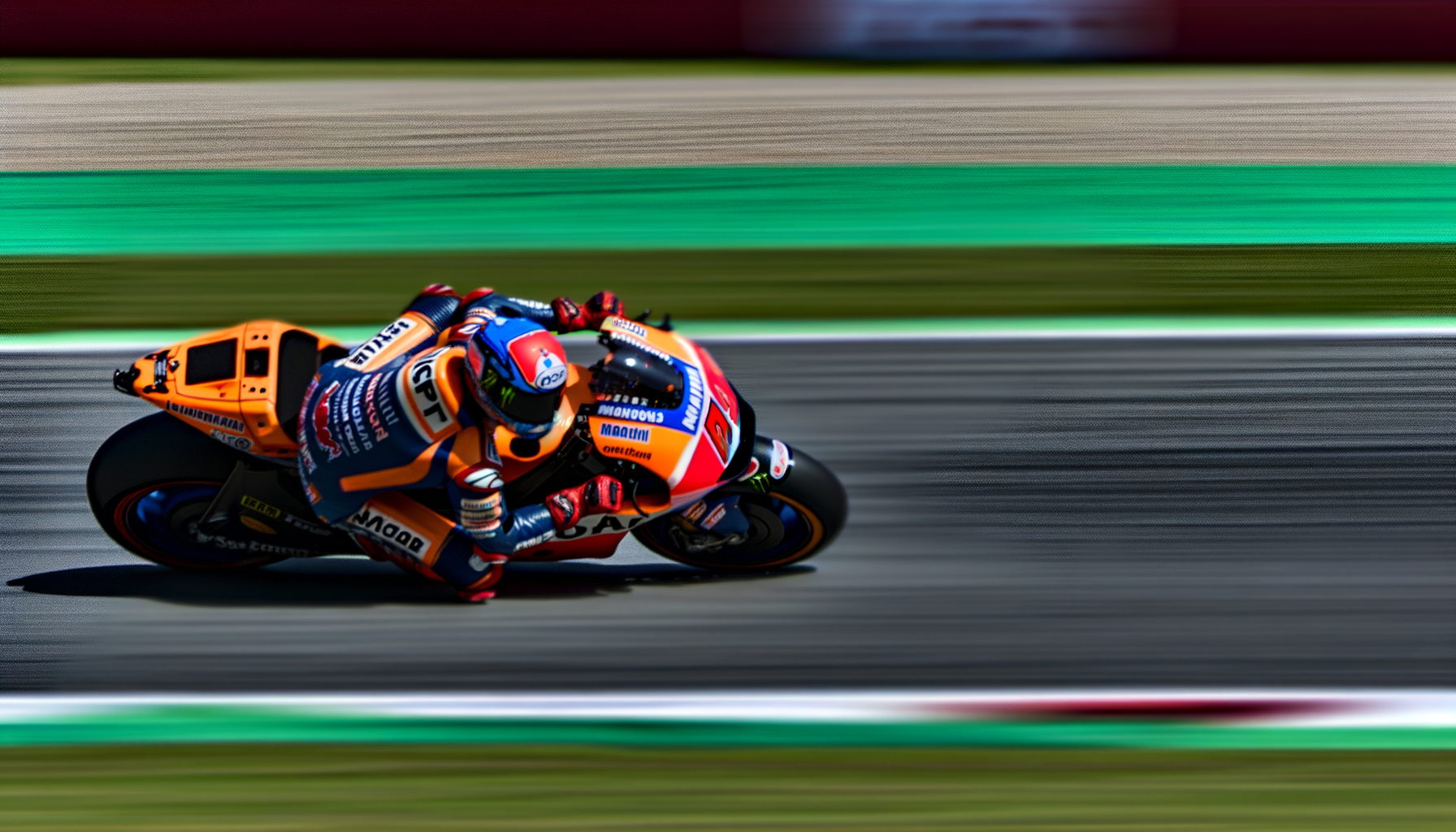
By Editorial
Introduction To The Changing Dynamics Of MotoGP Performance
MotoGP has long been celebrated for its thrilling races where endurance, consistency, and strategic race pace have often dictated championship results. However, recent seasons have sparked a debate among fans and analysts alike: is qualifying pace becoming more important than race pace? This article delves into this compelling question, analysing trends, rider tactics, and what it means for the future of MotoGP.
Understanding The Difference Between Qualifying And Race Pace
Qualifying pace refers to the best single-lap speed a rider can achieve in a qualifying session, often under optimal conditions with fresh tyres and a light fuel load. Race pace, on the other hand, is the sustained speed a rider maintains over the entire race distance, balancing tyre management, fuel consumption, and tactical manoeuvres.
Traditionally, race pace was considered the ultimate measure of a rider's skill and machine performance. Yet, as MotoGP evolves, the significance of securing top grid positions through strong qualifying laps has surged.
Why Qualifying Pace Has Gained Prominence
- Track Position Advantage: Starting at the front reduces the risk of mid-pack collisions and allows riders to dictate the race tempo.
- Tyre Strategy: A strong qualifying lap means riders can choose softer, faster tyres for the race start, boosting early race performance.
- Psychological Edge: Dominating qualifying can demoralise competitors and build momentum heading into the race.
Data Insights Showing The Shift Towards Qualifying Performance
Recent MotoGP seasons have witnessed pole sitters converting their grid advantage into race wins more frequently. For example, in the 2023 season, approximately 45% of races were won by the rider starting from pole, a notable increase compared to previous decades where race pace and in-race overtaking played a larger role.
Moreover, some riders renowned for blistering qualifying laps but inconsistent race pace have still managed to secure podium finishes due to their starting positions—a trend that challenges the traditional emphasis on endurance and consistency.
Case Studies: Riders Who Exemplify The Qualifying-Focused Approach
Fabio Quartararo
Known for his aggressive style, Quartararo has often capitalised on strong qualifying performances to control races from the front. His ability to extract peak performance in qualifying has translated into several race wins, even when his race pace faced challenges.
Marc Marquez
Marquez’s career also illustrates the balance between qualifying and race pace, but in recent years, his focus on securing front-row starts has become more pronounced, especially after recovering from injuries that affected his race consistency.
The Impact On Race Strategy And Team Tactics
Teams now invest heavily in qualifying setups, sometimes prioritising optimal lap times over long-run race performance. This shift affects bike configuration, tyre selection, and even rider training. For instance, some teams use qualifying simulations extensively, refining strategies to ensure their riders start as close to the front as possible.
However, this emphasis on qualifying does not render race pace obsolete. Effective tyre management and racecraft remain vital, especially in circuits where overtaking is more feasible. The blend of both qualities often determines championship contenders.
Comparing MotoGP’s Shift To Other Motorsport Disciplines
This trend is not unique to MotoGP. Formula 1, for example, has also seen qualifying performance become a critical factor due to the challenges of overtaking on certain tracks. This parallel highlights how modern motorsport increasingly rewards outright speed and starting position.
For a broader understanding of how sports evolve with strategic emphasis, readers may find value in articles like Ashes 2025 26 Schedule Perth To Host Historic Series Opener, which examine shifting dynamics in other competitive arenas.
What Does The Future Hold For MotoGP Qualifying And Race Pace?
Looking ahead, technological advancements and regulatory changes will continue shaping the balance between qualifying and race pace. Innovations in tyre compounds, fuel efficiency, and aerodynamics could influence teams’ focus areas.
Fans and experts anticipate that while qualifying pace will remain crucial, the most successful riders and teams will be those who master the art of combining blistering qualifying speed with resilient race pace. This dual mastery ensures adaptability across varied circuits and weather conditions.
Conclusion: Striking The Right Balance For Championship Success
In conclusion, qualifying pace has undeniably become more important in MotoGP, offering strategic advantages that can decide race outcomes. Yet, race pace, with its demands for consistency and tactical nous, still holds significant value.
As the sport evolves, the greatest champions will be those who excel in both domains. Understanding this nuanced balance not only enriches our appreciation of MotoGP but also highlights the sport’s ongoing innovation and excitement.
For more insights into the world of competitive sports and current events, explore Follow Your Favourite Football Club With BBC Sport or keep updated with thrilling moments like the Bills Rally To Stun Ravens In Thrilling NFL Opener.
Related topics
Editorial
Sports expert at SportsScoop
Specialist in sports analysis and journalism
Related articles
Want to read more?
Explore our comprehensive collection of sports articles and analysis, or contact us for more information.
